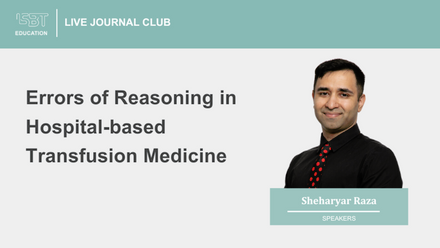A Global Definition of Patient Blood Management
Anesth Analg. 2022 Sep 1;135(3):476-488. doi: 10.1213/ANE.0000000000005873. Epub 2022 Feb 10.
Aryeh Shander, Jean-Francois Hardy, Sherri Ozawa, Shannon L Farmer, Axel Hofmann, Steven M Frank, Daryl J Kor, David Faraoni, John Freedman, Collaborators
Abstract
While patient blood management (PBM) initiatives are increasingly adopted across the globe as part of standard of care, there is need for a clear and widely accepted definition of PBM. To address this, an expert group representing PBM organizations from the International Foundation for Patient Blood Management (IFPBM), the Network for the Advancement of Patient Blood Management, Haemostasis and Thrombosis (NATA), the Society for the Advancement of Patient Blood Management (SABM), the Western Australia Patient Blood Management (WAPBM) Group, and OnTrac (Ontario Nurse Transfusion Coordinators) convened and developed this definition: "Patient blood management is a patient-centered, systematic, evidence-based approach to improve patient outcomes by managing and preserving a patient's own blood, while promoting patient safety and empowerment." The definition emphasizes the critical role of informed choice. PBM involves the timely, multidisciplinary application of evidence-based medical and surgical concepts aimed at (1) screening for, diagnosing, and appropriately treating anemia; (2) minimizing surgical, procedural, and iatrogenic blood losses and managing coagulopathic bleeding throughout the care; and (3) supporting the patient while appropriate treatment is initiated. We believe that having a common definition for PBM will assist all those involved including PBM organizations, hospital administrators, individual clinicians, and policy makers to focus on the appropriate issues when discussing and implementing PBM. The proposed definition is expected to continue to evolve, making this endeavor a work in progress.



















